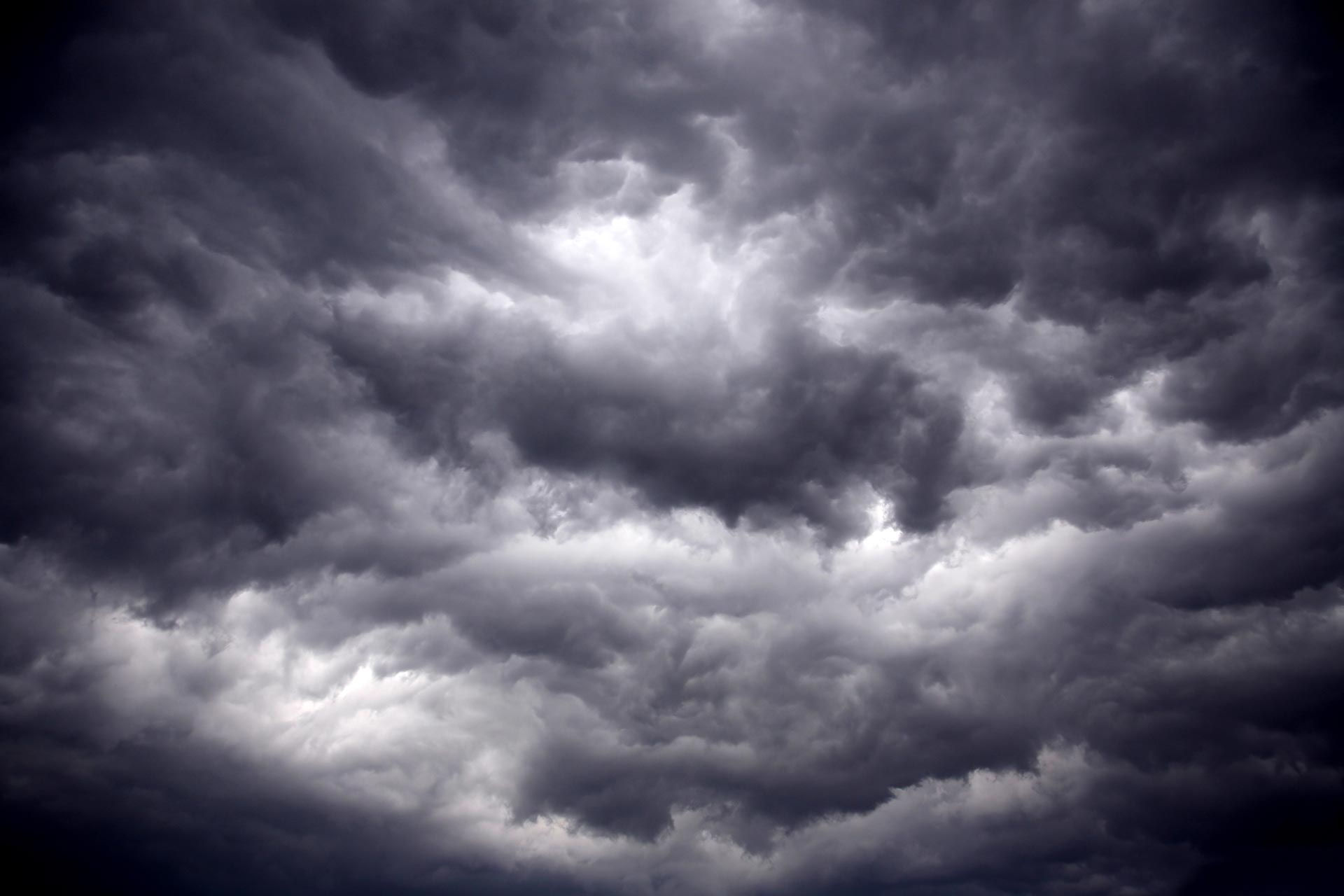
Airfields of the Central and Southern Kuriles
The central Kurile Islands spanned approximately 321 statue miles between the northern and southern Kuriles. They consisted of fourteen islands and two groupings of islets. Only the four largest, Matsuwa, Onekotan, Shasukotan and Shimushiru, were considered militarily significant. The others were small, volcanic and largely uninhabited islands. Of the four largest, the Japanese had developed an airfield on Matsuwa at Tagan Point on the Southeast coast. The other three contained lesser military activity and although the potential for airfields existed, none were built. (Study, Advanced Intelligence Center, North Pacific Area, The Kurile Islands, Vol. II, Matsuwa-Onekotan-Shasukotan-Shimushiru-Makanru-Harumukotan-Chirinkotan-Yekaruma-Raikoke-Rashuwa-Ushishiru-Ketoi-Chirihoi-Buroton, 1 Nov 1944, p. 1.)
Matsuwa (Matua) Airfield
The six and a half mile long by three and a half mile wide Matsuwa located 1,092 statutes miles from Tokyo and 943 miles from Attu was the most important militarily of the central islands. An active volcano, Fuko Yama dominated the island with Tagan Point area being the only relatively flat area. It is the smallest of the four main islands. By May 1944, the Japanese constructed an L shape airfield with two paved runways, one 4,000 by 140 feet and the other 2,900 by 165 feet (Oct 1944 assessment: 1200 x 80 m and 800 x 30 m).
The Imperial Japanese Navy base provided defense for the central Kuriles and served as a staging airfield for aircraft flying between the southern and northern Kuriles. The airfield was supported by a system of taxiways and ramps, four 100 by 140-foot hangars, a system of aircraft blast shelters, a large warehouse and an underground storage area filled with fuel tanks. It was defended by eight heavy and four light anti-aircraft gun positions and a system of coastal guns directed by radar and searchlights. Two air defense radar sites were located on the island. There were approximately 245 buildings on the island. (Study, Advanced Intelligence Center, North Pacific Area, The Kurile Islands, Vol. II, pp. 5-7.)
Shimushiru (Simushir)
Army airfield 200 x 1400 m, under construction as of October 1944. Turned into helicopter airfield after the war.
Uruppu (Urup)
Shinonome (Shinonomehara) Navy airfield with two runways, 200 x 1400 m and 300 x 1750 m, the second one had 50 x 1200 m area surfaced with wooden planks, later resurfaced with concrete (possibly, after the war by the Soviets).
.
Etorofu (Iturup)
Tennei 天寧 Navy airfield near Hitokappu (Kasatka) Bay with two paved runways:
800 x 40 and 1200 x 80 m (Y-shaped)
1200 x 40 m with 1200 x 30 m concrete- surfaced area
Toshimoe Naval floatplane Base at Hitokappu (Kasatka) Bay
Shibetoro 蘂取 Army airfield in the Northeastern part of the island, three separate runways:
-
200 x 1400 m with 50 x 1200 m concrete- surfaced area
-
200 x 1660 m (construction suspended as of October 1944)
-
200 x 1600 m
(According to the Japanese digest of the airfields captured in October 1944 in Okinawa)
Yakutori Naval airfield in the eastern part of the island, three airfields planned, construction of one began in April-May 1944
(According to the Japan Monograph #21).

This photo was taken by the crew of F-7A of the 2nd Photographic Charting Squadron during their first recon mission to the Central Kuriles 14 June 1944












Kastrikum Peninsula and airfield

1.2 km = 0.75 mi

1.13 mi =1820 m








Tennei/Burevestnik Airfield near Hittokapu (Kasatka) Bay

The old Japanese Y-shaped runway is still well visible from the space

U.S. photo taken around 1944




Seaboard World Airlines Flight 253A carrying troops from Seattle via Japan to Vietnam went off its course and was forced to land at Burevestnik by the MiG-17s. The plane was released after 2 days. The PSP-covered portion of the runway is clearly seen on this photo.

Flight 253A landed and took off from the concrete portion of the runway re-built by the Soviets after the war. (Minimal takeoff distance for DC-8 is 3000m vs. 1200m of Japanese concrete runway). The "final" version of the all-concrete runway and taxiways was built after the typhoon in 1979.






